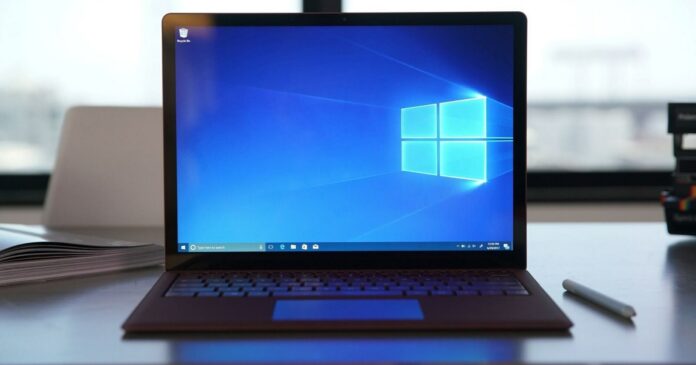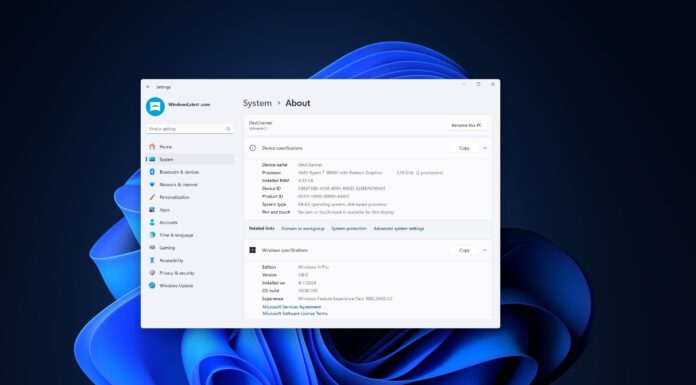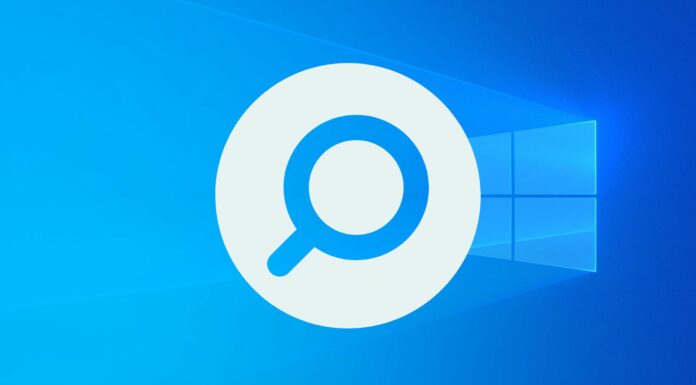Intel has begun rolling February 2023 driver updates for Windows 11 and 10 with several bug fixes. Currently, only the Bluetooth driver is available, but graphics and WiFi drivers should follow soon, and we’ll update this story when new drivers widely become available on Windows.
So what’s new in Intel’s February 2023 update? As per the official release notes, Intel’s latest drivers should boost Bluetooth performance on Windows 10 and 11. The chipmaker said it made “several changes” to improve WiFi and Bluetooth compatibility when they attempt to connect to WiFi 4 (802.11n).
A new change should improve the reliability of Bluetooth connections between PC and phone, which will be noticeable if you use Phone Link. For those unaware, several features of Microsoft’s Phone Link (previously known as Your Phone) rely on PCs’ wireless capabilities, such as Bluetooth and WiFi.
However, in our tests, we did not notice any visible difference in Microsoft Phone Link performance after updating to the new Bluetooth drivers.
In addition to quality improvements, there are several important bug fixes, including a fix for an issue where using Bluetooth and WiFi simultaneously could trigger a Blue Screen of Death error and force a system reboot. This occurs in rare cases, but several reports in the Feedback Hub highlight the problem.
Last but not least, Intel Wireless Bluetooth 22.200.0 driver includes functional updates and security improvements.
Of course, Intel isn’t shipping new features with the February 2023 update, and most users won’t notice any changes after applying the patch. Delaying the update for a few days is generally a good idea. You should download the new drivers today only if you genuinely need these bug fixes or you’ve run into trouble with the existing drivers.
How to get the February 2023 Intel driver update
For those unaware, Intel driver updates also ship via Windows Update. If the OEM supports your device, you’ll get this particular driver update in the future. However, if you can’t wait or the OEM has no plans to publish drivers for your device, you can always use Intel’s Driver & Support Assistant tool.
To get started, follow these steps:
- Head to Intel’s website and install the Driver and Support Assistant (iDSA) tool
- Open the Update Assistant tool. This can be found in the system tray of the taskbar.
- Now check for updates and begin installing the update.
If the updated drivers end up causing more issues on your desktop, you can always use the Device Manager to go back to the previous drivers.




















